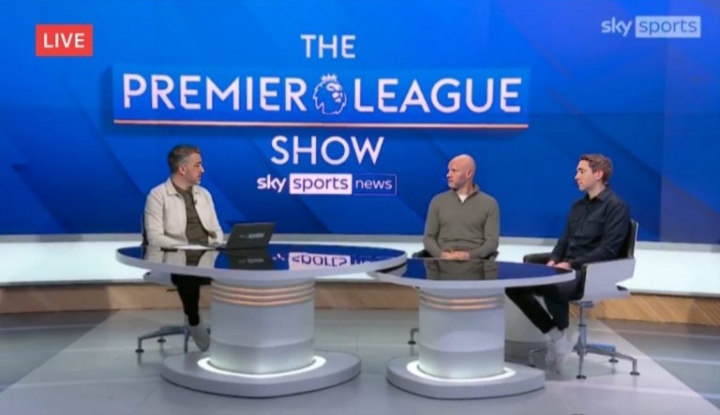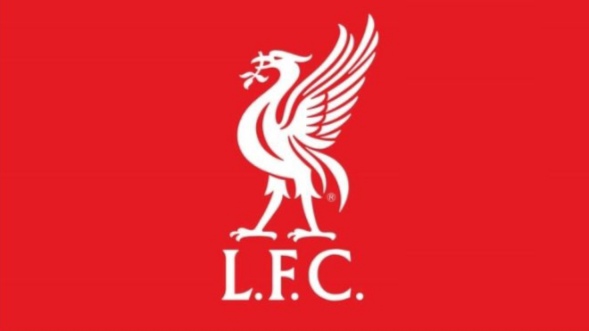In what proved to be a decisive display of tactical recklessness, Liverpool found themselves in a bewildering defensive situation. Despite holding a 2-1 lead and appearing in control, they committed eight players inside Bournemouth’s penalty area. While this demonstrated their attacking intent, it left huge gaps behind them – space that Antoine Semenyo ruthlessly exploited.
The winger’s chance arose directly from this overcommitment. Picking up the ball deep in his own half, Semenyo embarked on a breathtaking run that stretched nearly half the length of the pitch. This wasn’t just a sprint but a masterclass in counter-attacking football – executed with the composure and precision of a top-level forward.
His second goal epitomized the modern counter-attack. Liverpool’s back line – Van Dijk, Konaté, Robertson, and Alexander-Arnold – had all pushed forward, leaving Alisson Becker exposed. With midfielders also caught high, Liverpool’s usual defensive structure collapsed, turning one lost possession into a dangerous transition.
The sequence unfolded perfectly for Bournemouth. Semenyo’s touches were measured, each one allowing him to maintain maximum speed and control. Liverpool’s defenders, left scrambling, could only chase as he surged forward. Faced with Alisson rushing out, Semenyo showed remarkable composure, striking the ball with just the right balance of accuracy and power to beat the keeper.
Beyond the individual brilliance, the goal highlighted Liverpool’s vulnerability. According to Opta, both goals they conceded in this match were categorized as ‘fast breaks’ – the same number they had conceded across the entirety of the previous season. Such a sudden collapse in defensive discipline raises serious questions about their tactical approach under Jürgen Klopp.
Committing eight players forward while already leading points to a mentality that prioritized relentless attacking over game management. While Liverpool’s philosophy has long relied on pressing high and creating overloads, this particular gamble bordered on recklessness. In the modern game, where teams meticulously prepare to exploit weaknesses, Bournemouth were primed for just such an opening.
From their perspective, the goal was no accident. Semenyo’s positioning, timing, and execution suggested careful tactical planning. His run embodied the essence of counter-attacking football: awareness, speed, technical precision, and a clinical finish under pressure.
For Liverpool, the episode underscored the risks of extreme attacking commitment without situational awareness. Effective game management requires balance – consolidating a lead rather than exposing defensive fragility. By ignoring that principle, they not only conceded but also revealed a potential blueprint for future opponents.
Ultimately, Semenyo’s goal was both a moment of individual brilliance and a tactical lesson. It showcased how quickly control can slip away when ambition overrides discipline, and it serves as a reminder that in elite football, balance between attack and defense is not optional – it is essential.










